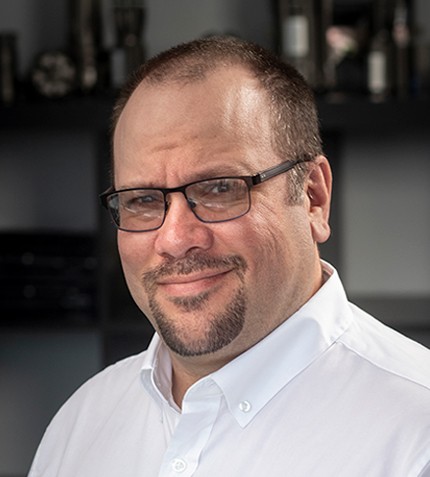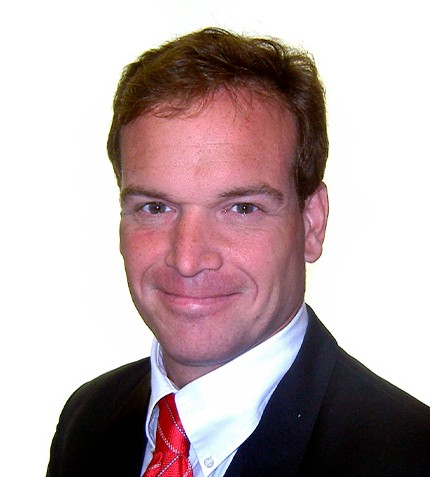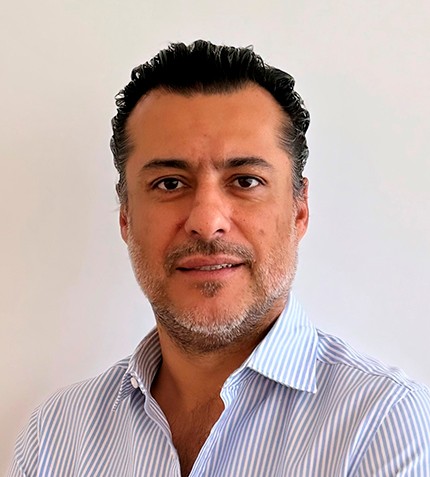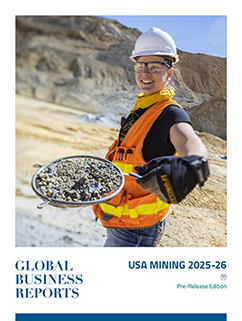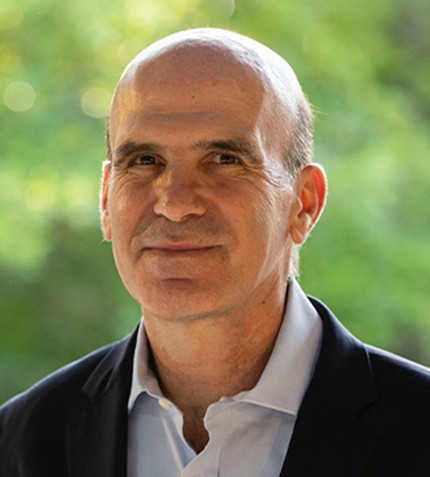
"The conversation in the mining industry primarily revolves around the royalties bill, but to discuss reforms, we need to put everything on the table, including labor, pensions, and health."
Philippe Hemmerdinger
PRESIDENT, APRIMIN
Can you describe APRIMIN's role in the mining industry?
APRIMIN is the association of industrial suppliers of the mining sector. Our 131 members have total invoices between US$17 to US$20 billion, representing close to 80% of sales in the Chilean mining sector. The mining sector represents 10% of Chile's GDP, but when you include the entire value chain, it is closer to 26%, demonstrating the extent to which mining is the engine of Chile's economy.
Every March, we set objectives for the short and long term, and then carry out those objectives in committees. For example, we have an education committee that collaborates with the Consejo Minero's CCM Council of Mining Competencies, which gives us the resources to train our people. Currently, there is a disconnect between education and the need – many geologists are graduating when what we need are more engineers and data scientists to handle digital transformation and remote operations. The education committee gathers information and responds to these types of concerns. We also have a projects committee, and a productivity and approvals committee, among others. Our system enables our members to take the best practices from the industry and incorporate them. In addition, we promote the professionalization of contractors, developing industry-wide standards. This ensures stable employment and development.
How has the current government impacted the mining industry?
The government came in with a revolutionary program, but over the past year, the country has communicated that they are not willing to accept such drastic reforms. The most critical success the government has had is the 40-hour work week. This is manageable for us, particularly because remote work allows for labor to be better distributed. However, these regulations will change the number of people required for a project or contract, and we are trying to make up the difference in hours with proportional vacation days. What nobody talks about is the impact of this reform on productivity. Going from 45 to 40 hours is a drop in productivity by 8%. Productivity in Chile keeps dropping.
The conversation in the mining industry primarily revolves around the royalties bill, but to discuss reforms, we need to put everything on the table, including labor, pensions, and health.
What is your stance on the current royalties situation?
An investor can only invest if the rules are clear. Our position as the world's largest copper producer comes from the clear rules of the game and incentives provided in the 1990s. However, we have a tax reform every two to three years that imposes more royalty payments for copper exploitation.
The idea of a tax that is a margin on sales rather than profits is a punishment and a disincentive, as some businesses must dig through harder rock or have more costs getting materials to port. Instead of collecting more taxes, the country will place a greater tax that will generate a small increase in income but destroy the industry. Moreover, it will scare away investors.
How can secondary mining benefit the industry?
Chile's market share in copper has dropped. We used to have 33% or 34% of the world's copper production, and today we are at 26%. Demand will keep growing, and we will keep dropping because we don't have new projects. But in secondary mining, we have a potential of 50-60 million tons of copper to recover that are in the tailings, mineralized dump and foundry slags. That's 10 years of production readily available, and new technologies like ore sorting or tailings recovery are available.
What is the greatest challenge facing Chile’s renewable energy industry?
Infrastructure. Our port infrastructure in the north and center of the country is good, but the port infrastructure that Magallanes needs for its green hydrogen production in the south needs to be created. We need the infrastructure and the state to set the rules and norms for green hydrogen. We must develop shared-preference infrastructure and shared corridors.
How can the mining industry become more gender diverse?
We are still below 20% in gender inclusion. We need a lot of talent. Digital transformation allows women to work remotely and be present in the sector without negatively affecting their family life. You can see in our hiring policies and our selection processes that we are driving forward in gender equality, with hiring policies that are directed towards hiring more women.




